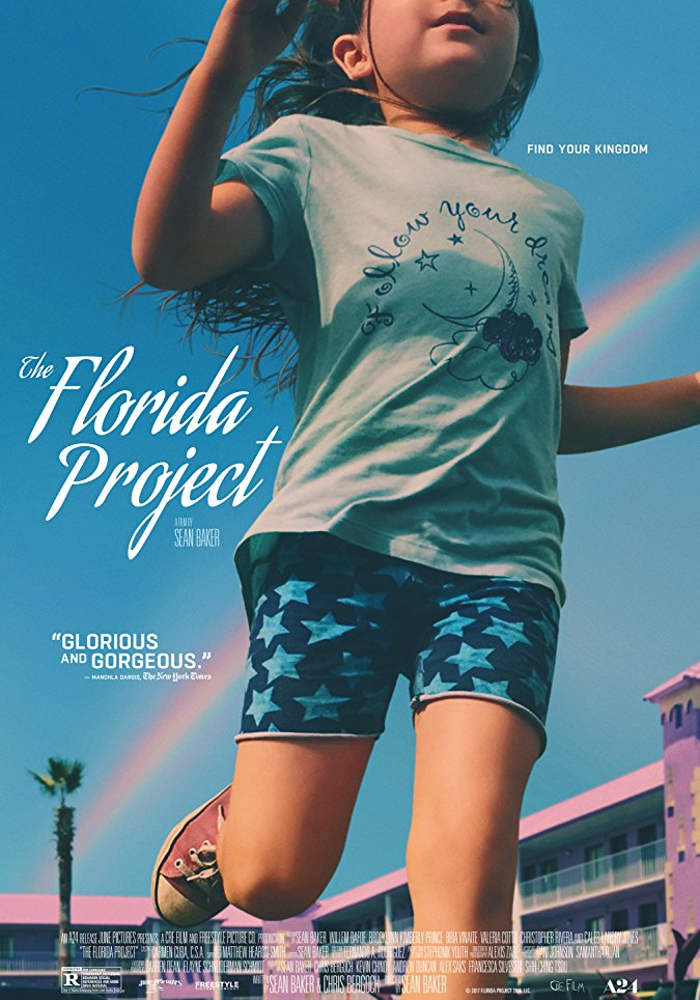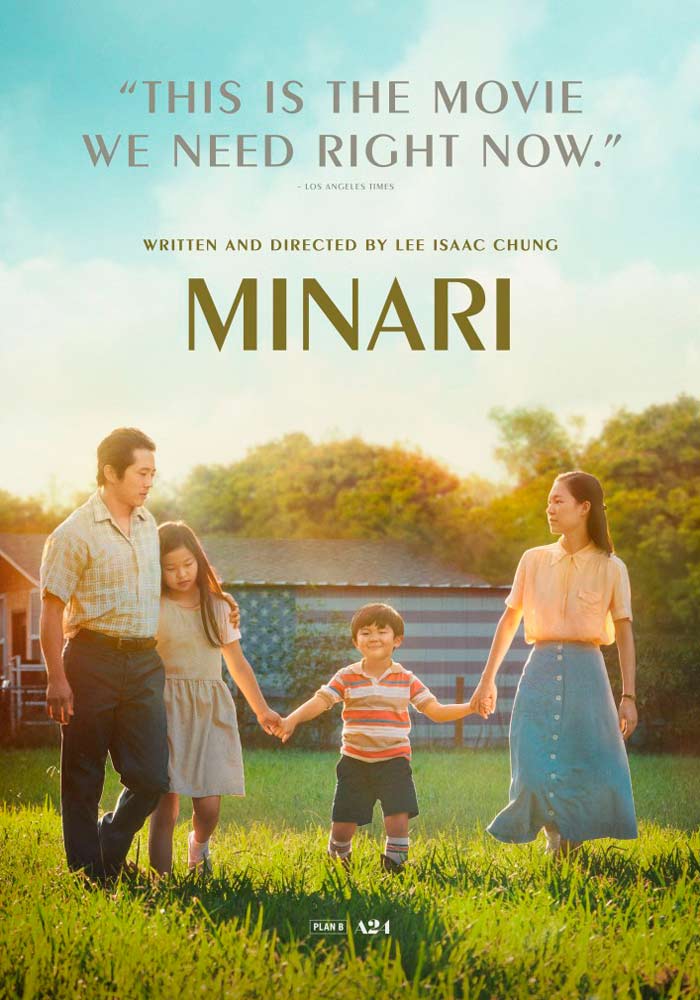The choice of the color palette in films is very important to help tell the story. It describes environments and characters, sets the psychological tone and helps to provoke feelings we have related, even unconsciously, to certain colors. Each of these details is planned and has a reason behind. But how is this achieved?
First of all, you have to choose the color wheel or chromatic circle that you will use. There is a reduced version of twelve colors and there are many studies that artists have done over the years that show which color combines best with another to provoke certain reactions and feelings in people.
From this, you choose whether the colors to be used will be complementary or opposite. For example, orange with blue or orange with silver, as you must take into account that as they are in opposite places of the color palette, one color will be warm and the other cold. Another combination might be red and green, as in the movie Amelie.
You can also have a combined color scheme, where instead of choosing opposites or complements, you choose the colors that are on the same side of the circle. For example, in Peppermint, where the presence of dark colors gives power and strength to the action taking place.
Another example is Minari, a film where warm colors predominate to frame the spaces where the life of the protagonist family unfolds. We can also mention The Florida Project, where there are some brighter protagonist colors (such as pink or violet) that help to situate the story and its contrasts.
The choice of the color palette is definitely a very important and key work to support the construction of the story, the characters, and to guide the audience to connect with different emotions.
Stay tuned for more information!


